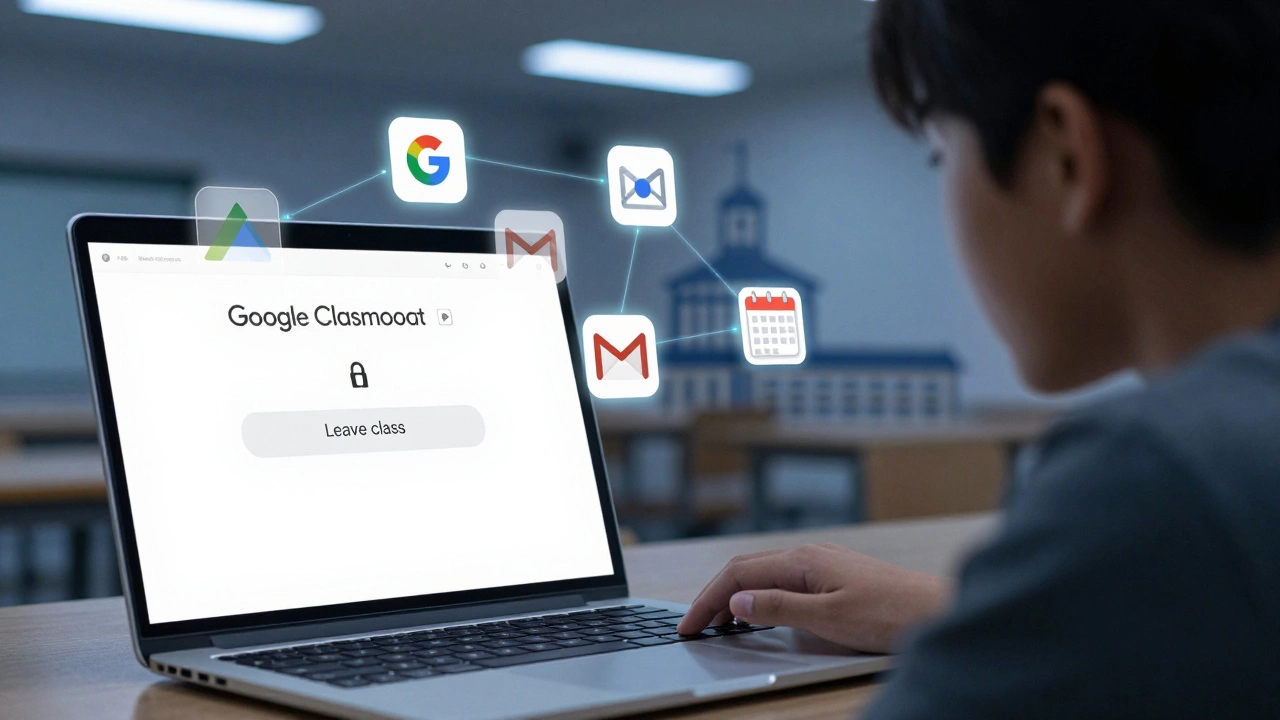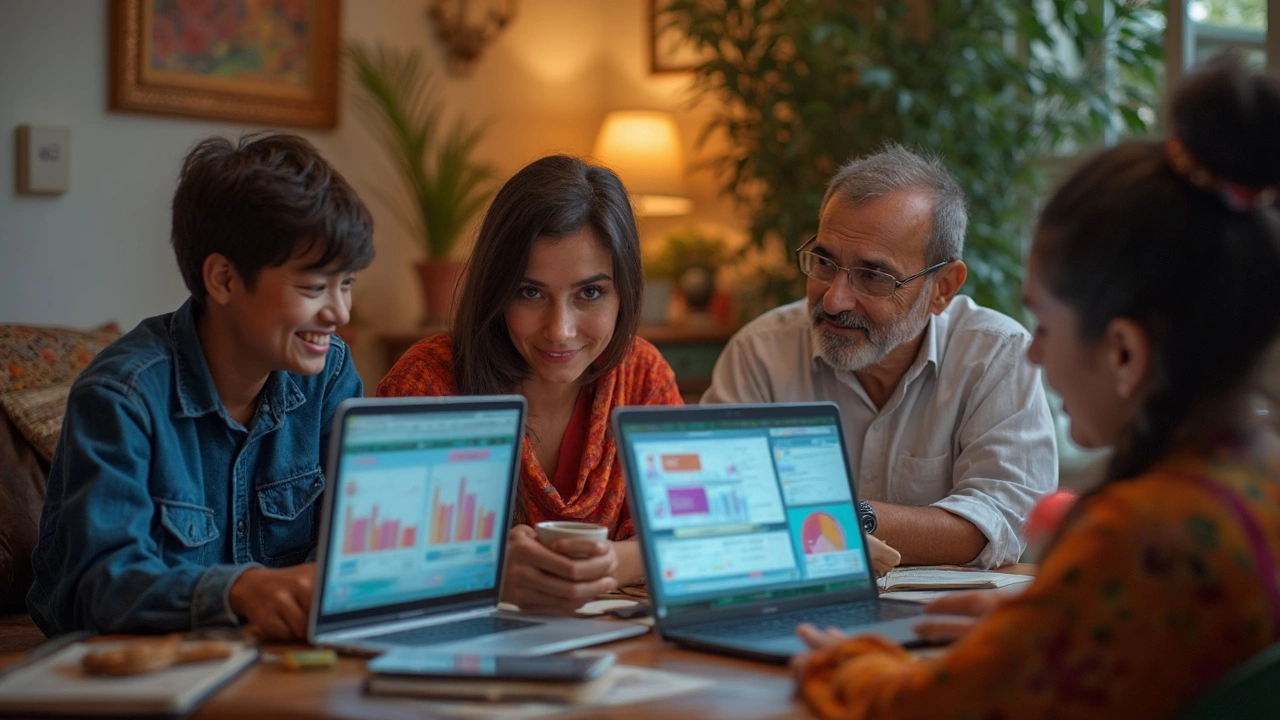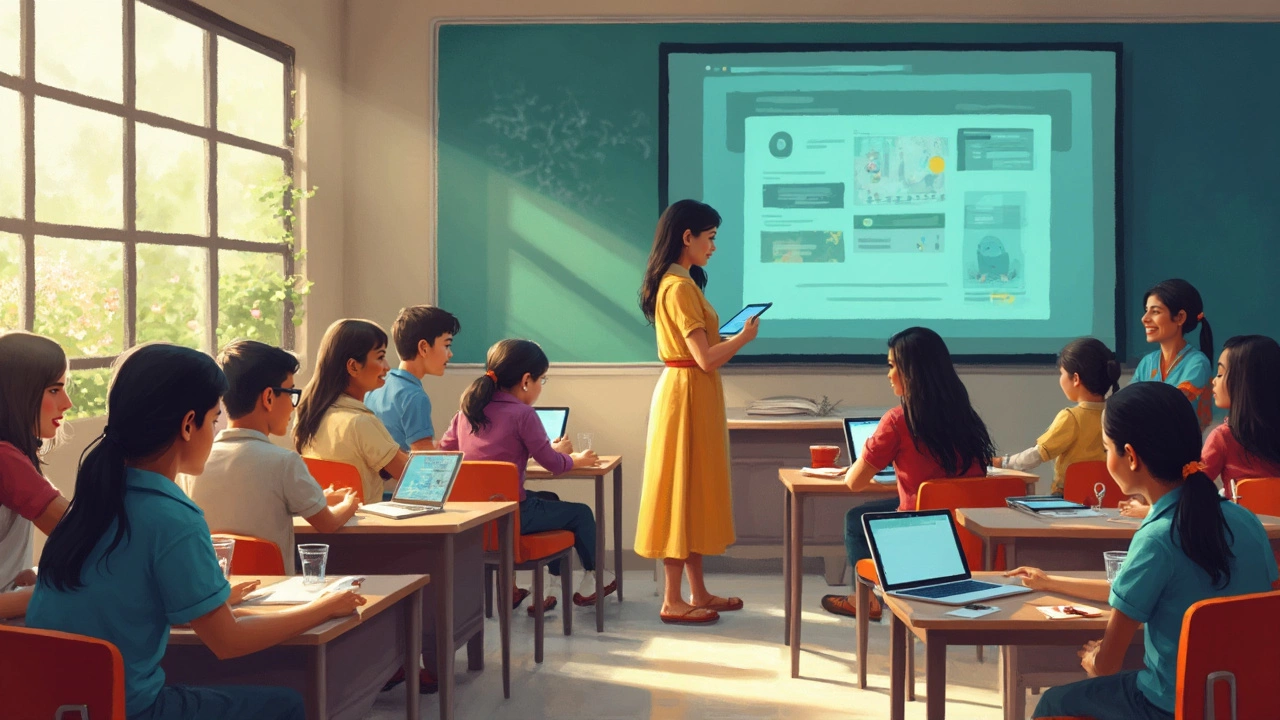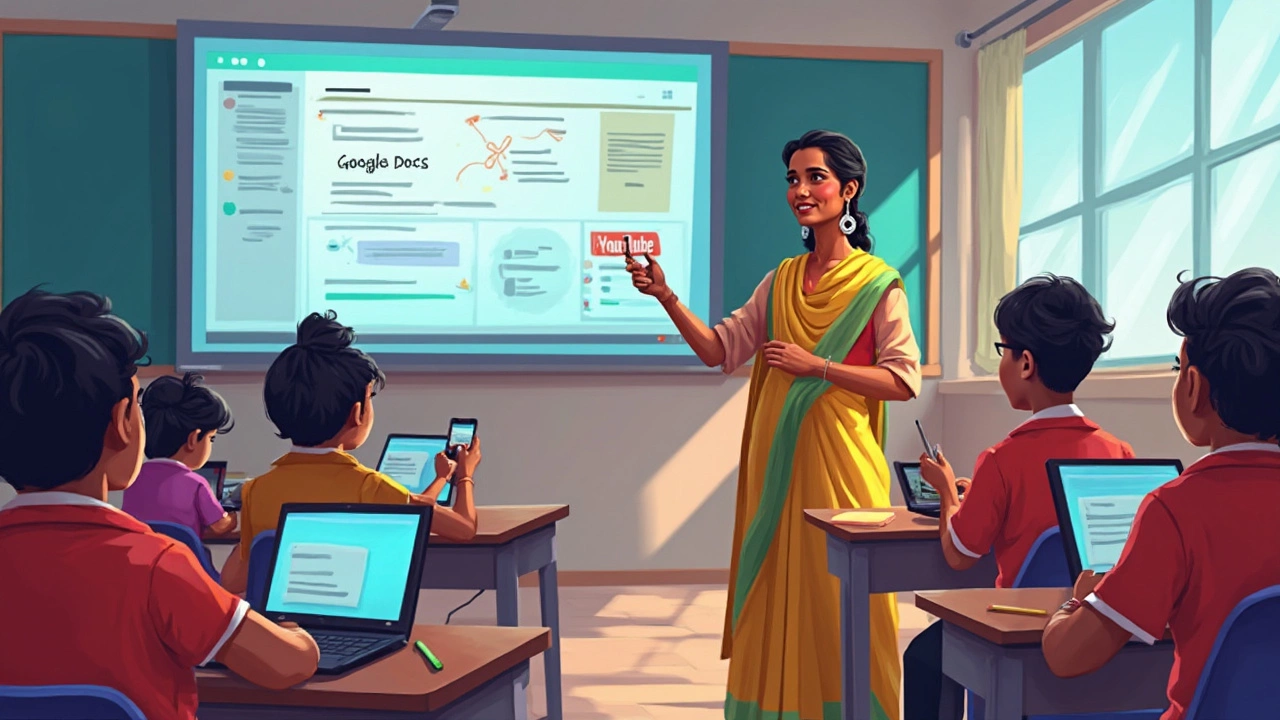Google Classroom Made Easy for Everyday Teaching
If you’ve ever felt lost in the sea of ed‑tech tools, you’re not alone. Google Classroom cuts through the noise and lets you run a digital class without a tech degree. In this guide we’ll walk you through the basics, share shortcuts, and give you real‑world tips to keep students engaged.
Getting Started with Google Classroom
First thing first – you need a Google account. It can be a personal Gmail or a school‑provided G Suite account. Once you’re signed in, click the ‘+’ button and choose ‘Create class.’ Give your class a name, add a section if you have multiple groups, and you’re ready to invite students.
Inviting students is as easy as sharing a code. Click ‘Class code,’ copy it, and send it via WhatsApp, email, or a printed note. Students type the code in the Classroom app or website, and they’re in. No more endless email threads.
Now that the class roster is set, start posting announcements. Think of these as quick notes you’d write on the board. Use the ‘Announcement’ button, add a short message, and hit ‘Post.’ Students get a push notification, so they won’t miss anything important.
Assignments are the core of Classroom. Click ‘Classwork,’ then ‘Create,’ and choose ‘Assignment.’ Upload a PDF, link a Google Doc, or attach a video. Set a due date, add a point value, and click ‘Assign.’ Students see the task in their stream, can download the file, and submit directly through the platform.
Grading is streamlined too. When a student turns in an assignment, you can open it, add comments, and assign a score all in one window. The grade automatically shows up in the Google Gradebook, which you can export to a spreadsheet for record‑keeping.
Tips to Boost Classroom Engagement
Use the ‘Question’ feature to spark discussions. Instead of a long lecture, post a prompt and let students reply in the stream. You can enable “Require a response” to make sure everyone participates.
Leverage Google Drive integration. Store all class resources in a shared folder, then link that folder in the ‘Classwork’ tab. This gives students a single place to find notes, worksheets, and extra reading.
Keep the flow lively with short video clips. Record a 2‑minute explanation using Google Meet, upload it to YouTube, and embed the link in an assignment. Students can pause, rewind, and watch at their own pace.
Set up rubrics for consistent grading. In the assignment creation screen, click ‘Rubrics,’ add criteria, and assign point values. When you grade, just click the appropriate level – no more guessing.
Don’t forget about privacy. Review the class settings and turn off the option that lets students see each other’s work unless you specifically want peer review. This keeps the classroom safe and focused.
Finally, make a habit of checking the ‘People’ tab each week. Spot any missing students, re‑invite them, and update any email changes. A tidy roster saves headaches later.
Google Classroom isn’t a magic wand, but it does a lot of heavy lifting. By setting up a clear structure, posting regular announcements, and using the built‑in tools for assignments and feedback, you’ll free up time to actually teach – not just manage paperwork. Try one new tip each week and watch how your class runs smoother. Happy teaching!
Why Can't You Leave Google Classroom Anymore?
You can't leave Google Classroom because schools lock students in to maintain attendance, grading, and compliance with education standards. Here's why the system won't let you opt out-and what you can do instead.
read moreMost Used Platform for Online Classes: What Dominates E-Learning Right Now?
Curious about which platform rules the world of online classes? This article breaks down the top e-learning platforms, revealing why certain names keep popping up. Get clear answers about what makes these platforms so popular, who’s using them, and what features matter most in 2025. Don’t miss the practical tips for picking the best platform for your learning or teaching style. You’ll walk away with up-to-date facts, not hype.
read moreIs Google Classroom a Digital Platform? Real-World Answers for E-Learning
Google Classroom is often labeled as a digital platform, but what does that actually mean for teachers, students, and parents? This article breaks down what sets Google Classroom apart from other tools, how it really works, and why it’s become so popular in education. You'll also find surprising facts on how schools use it worldwide, along with tips to get more out of this platform. If you're curious about how Google Classroom fits into e-learning and whether it lives up to the hype, you’re in the right spot. Get straightforward, no-nonsense answers from someone who’s been knee-deep in the tech side of remote learning.
read moreIs Google an E-Learning Platform? The Facts Everyone Gets Wrong
People often wonder if Google counts as an e-learning platform, especially after the rise of Google Classroom and all its online tools. This article breaks down what makes something an actual e-learning platform and dives into how Google fits into the big picture. You'll see where Google shines, where it falls short, and what this means for teachers, students, or anyone learning online. Get ready for some practical tips on using Google for your own learning. You'll never look at Google Docs or YouTube the same way again.
read more


